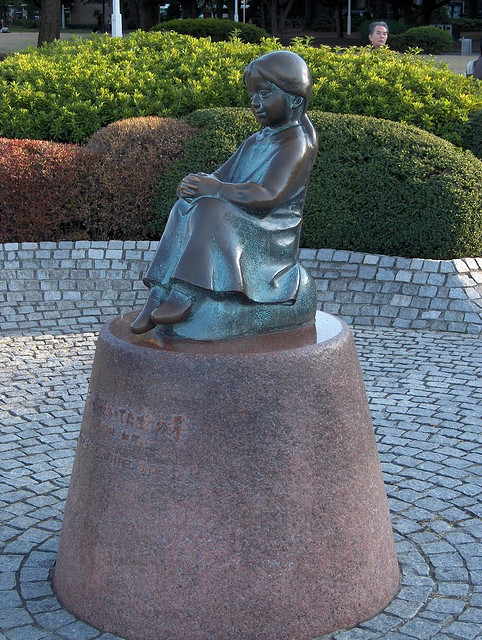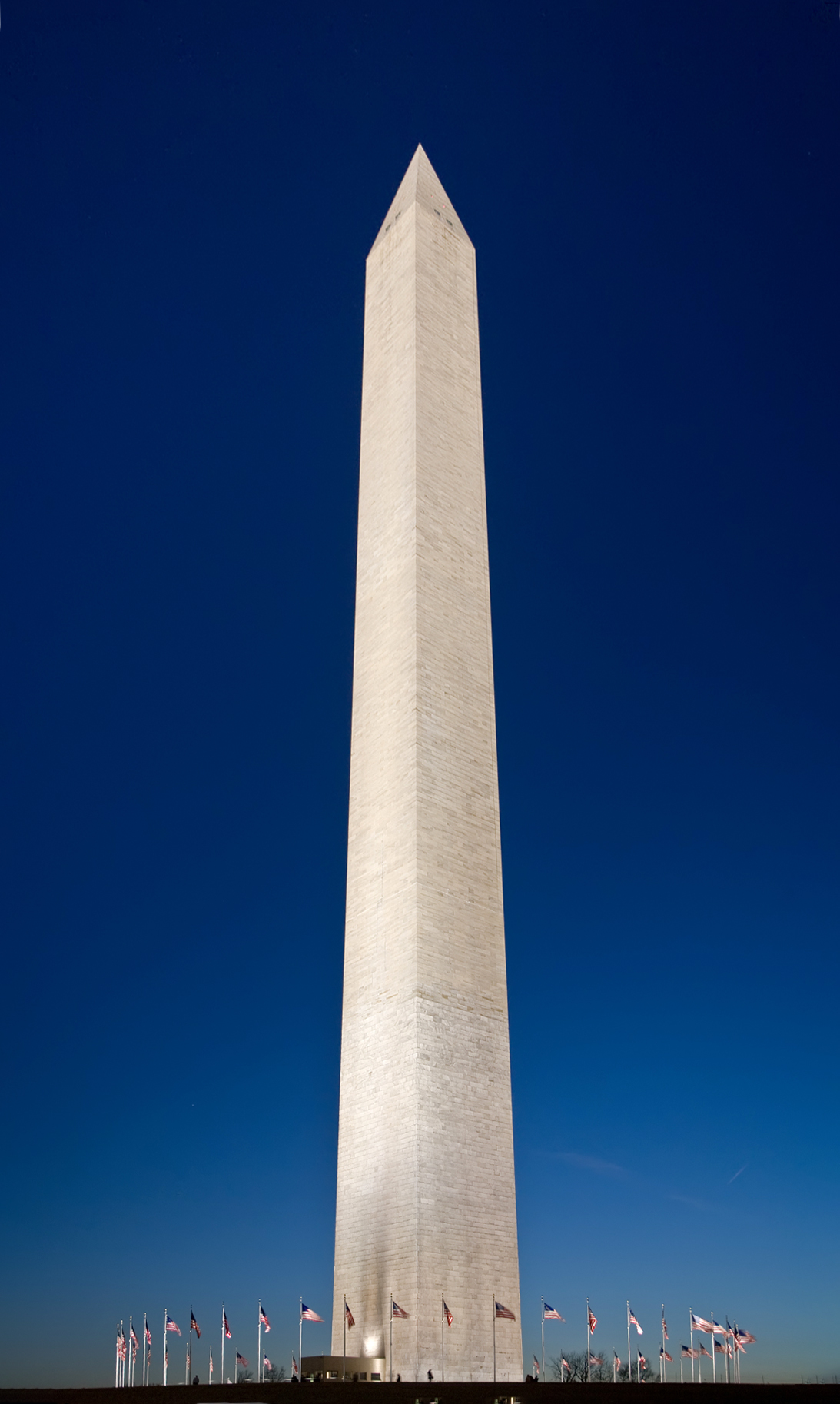|
Nagayo Motoori
Nagayo Motoori (sometimes spelled Motohori) (本居 長世; 4 April 1885 – 14 October 1945) was a Japanese composer.20-seiki no Ajia no sakkyokukatachi - Page 225 Nihon Sakkyokuka Kyōgikai - 2002 "Komatsu, Kiyomi Fujii (1889-1944), and Shinpei Nakayama (1887-1952) based their songs on traditional folk songs, while Yamada, Nagayo Motoori (1885-1945), and Ryutaro Hirota (1892-1952) tried to use idioms of traditional Japanese ..." Biography Selected works * "Tanpopo" (Dandelion, たんぽぽ), classical children's song to a poem by Shigeru Kuzuhara * "Akai Kutsu", children's song with lyrics by Ujō Noguchi * (Blue-eyed doll), children's song with lyrics by Ujō Noguchi * , children's song with lyrics also by Motoori * Nanatsu no Ko, children's song with lyrics by Ujō Noguchi, recorded by Jean-Pierre Rampal and Ensemble Lunaire in 1978 References 1885 births 1945 deaths 20th-century Japanese composers 20th-century Japanese male musicians Composers from Tokyo J ... [...More Info...] [...Related Items...] OR: [Wikipedia] [Google] [Baidu] |
Tokyo
Tokyo, officially the Tokyo Metropolis, is the capital of Japan, capital and List of cities in Japan, most populous city in Japan. With a population of over 14 million in the city proper in 2023, it is List of largest cities, one of the most populous urban areas in the world. The Greater Tokyo Area, which includes Tokyo and parts of six neighboring Prefectures of Japan, prefectures, is the most populous metropolitan area in the world, with 41 million residents . Lying at the head of Tokyo Bay, Tokyo is part of the Kantō region, on the central coast of Honshu, Japan's largest island. It is Japan's economic center and the seat of the Government of Japan, Japanese government and the Emperor of Japan. The Tokyo Metropolitan Government administers Tokyo's central Special wards of Tokyo, 23 special wards, which formerly made up Tokyo City; various commuter towns and suburbs in Western Tokyo, its western area; and two outlying island chains, the Tokyo Islands. Although most of the w ... [...More Info...] [...Related Items...] OR: [Wikipedia] [Google] [Baidu] |
Shigeru Kuzuhara
was a Japanese children's poet, children's song writer, fairy tale writer, and educator.「童謡夕日を作曲 室崎琴月 古城公園思い曲想練る」 北日本新聞 2016年4月14日13面 Kuzuhara wrote 4000 nursery songs, stories and other works. Two of his songs are in the Nihon no Uta Hyakusen compendium by the Ministry of Education of Japan. Other songs include the national song of the Boy Scouts of Japan (1957), Hiroshima High School, and about 400 school songs throughout Japan. Every December 7 a local ceremony is held in front of his birthplace by the "Kuzuhara Culture Preservation Association". Notes The kanji for "Shigeru" is 𦱳. However, because it is a rarely used kanji, "Shigeru" is most often expressed in hiragana is a Japanese language, Japanese syllabary, part of the Japanese writing system, along with ''katakana'' as well as ''kanji''. It is a phonetic lettering system. The word ''hiragana'' means "common" or "plain" kana (originally al ... [...More Info...] [...Related Items...] OR: [Wikipedia] [Google] [Baidu] |
Akai Kutsu
is a well-known Japanese children's poem written in 1922 by poet Ujō Noguchi. It is also famous as a Japanese folk song for children, with music composed by Nagayo Motoori. The poem narrates the story of a girl who is adopted by foreigners and taken to the United States. Lyrics Evidence suggests that in the original manuscript of ''Akai Kutsu'', the line read "Every time I see red shoes, I remember her," but it was later changed to "think of." Originally unreleased, a fifth stanza was discovered in notes released in 1978. Established origin theory The established theory is that the lyrics of ''Akai Kutsu'' were inspired by a true story. It is believed that Iwasaki Kimi (July 15, 1902 - September 15, 1911), a young girl from Fushimi, Shizuoka Prefecture, served as the model for the girl wearing red shoes in the poem. [...More Info...] [...Related Items...] OR: [Wikipedia] [Google] [Baidu] |
Ujō Noguchi
was a Japanese poet and lyricist of children's songs and traditional Min'yō folk music. He wrote some of the most beloved and familiar pieces for children and youth choirs, such as "Akai Kutsu (Red Shoes)". He, along with Hakushū Kitahara, and are considered to be the three great poets and children's songwriters in Japan. Early life Ujō Noguchi was born , encyclopedia, vol.17, 645, article for 「のぐちうじょう」by Michio Namekawa ( :ja:滑川道夫) or 栄吉,, p.159- in the former town of Isohara, Ibaraki, which is now incorporated into the central part of Kitaibaraki, Ibaraki, Kitaibaraki city. He was the eldest son of , a cargo-shipping wholesaler, and . Eikichi was born into a prestigious family that claimed its descent from Kusunoki Masasue, the younger brother of Kusunoki Masashige.) After completing his 4-year elementary and 4-year senior elementary schooling in his home town, the teenage Eikichi moved to the capital in 1897, where he attended Tōkyō Midd ... [...More Info...] [...Related Items...] OR: [Wikipedia] [Google] [Baidu] |
Nanatsu No Ko
is a popular Japanese children's song with lyrics written by Ujō Noguchi (野口雨情 ''Noguchi Ujō'') and composed by Nagayo Motoori (本居 長世 ''Motoori Nagayo''). Published in Kin no fune (''The golden ship'') magazine in July 1921. Nanatsu no ko is used as the departure melody at Isohara Station in Kitaibaraki and also as 6 p.m bell in Japan Advanced Institute of Science and Technology at Nomi, Ishikawa. Nanatsu no ko is the famous song in Japan. Lyrics In popular culture The song is sung by a nondiegetic children's choir in the 1954 Kinoshita Keisuke film Twenty-Four Eyes. In the manga and anime ''Detective Conan'' by Gosho Aoyama, the mail address of the boss of the Black Organization is #969#6261, which reproduces the beginning of Nanatsu no Ko. The song is sung in the anime Magical Girl Ore is a Japanese manga series written and illustrated by Icchokusen Mōkon. It began serialization in Fusion Product's ''Comic Be'' magazine in 2012, and was coll ... [...More Info...] [...Related Items...] OR: [Wikipedia] [Google] [Baidu] |
Jean-Pierre Rampal
Jean-Pierre Louis Rampal (7 January 1922 – 20 May 2000) was a French flautist. Rampal popularised the flute in the post–World War II years, recovering flute compositions from the Baroque era, and spurring contemporary composers, such as Francis Poulenc, to create new works that have become modern standards in the flautist's repertoire. Early years Born in Marseille, the only child of Andrée (née Roggero) and flautist Joseph Rampal. His father Joseph was taught by Hennebains, who also taught Rene le Roy and Marcel Moyse. Dorgeuille, p. 26Joseph Rampal studied flute at the Paris Conservatoire where Adolphe Hennebains (1862–1914) had in 1909 succeeded Paul Taffanel as professor of flute. Joseph Rampal went on to win the First Prize in the Conservatoire's annual flute competition in 1919. Under the tutelage of his father, Rampal began playing the flute at the age of 12. He studied the Altès method at the Conservatoire, where he won first prize in the school ... [...More Info...] [...Related Items...] OR: [Wikipedia] [Google] [Baidu] |
Ensemble Lunaire
Ensemble may refer to: Art * Architectural ensemble * ''Ensemble'' (Kendji Girac album), 2015 * ''Ensemble'' (Ensemble album), 2006 * Ensemble (band), a project of Olivier Alary * Ensemble cast (drama, comedy) * Ensemble (musical theatre), also known as the chorus * ''Ensemble'' (Stockhausen), 1967 group-composition project by Karlheinz Stockhausen * Musical ensemble Mathematics and science * Distribution ensemble or probability ensemble (cryptography) * Ensemble Kalman filter * Ensemble learning (statistics and machine learning) * Ensembl genome database project * Neural ensemble, a population of nervous system cells (or cultured neurons) involved in a particular neural computation * Statistical ensemble (mathematical physics) ** Climate ensemble ** Ensemble average (statistical mechanics) ** Ensemble averaging (machine learning) ** Ensemble (fluid mechanics) ** Ensemble forecasting (meteorology) ** Quantum statistical mechanics, the study of statistical ensembles ... [...More Info...] [...Related Items...] OR: [Wikipedia] [Google] [Baidu] |
1885 Births
Events January * January 3– 4 – Sino-French War – Battle of Núi Bop: French troops under General Oscar de Négrier defeat a numerically superior Qing Chinese force, in northern Vietnam. * January 17 – Mahdist War in Sudan – Battle of Abu Klea: British troops defeat Mahdist forces. * January 20 – American inventor LaMarcus Adna Thompson patents a roller coaster. * January 24 – Irish rebels damage Westminster Hall and the Tower of London with dynamite. * January 26 – Mahdist War in Sudan: Troops loyal to Mahdi Muhammad Ahmad conquer Khartoum; British commander Charles George Gordon is killed. February * February 5 – King Leopold II of Belgium establishes the Congo Free State, as a personal possession. * February 9 – The first Japanese arrive in Hawaii. * February 16 – Charles Dow publishes the first edition of the Dow Jones Industrial Average. The index stands at a level of 62.76, and r ... [...More Info...] [...Related Items...] OR: [Wikipedia] [Google] [Baidu] |
1945 Deaths
1945 marked the end of World War II, the fall of Nazi Germany, and the Empire of Japan. It is also the year Nazi concentration camps, concentration camps were liberated and the only year in which atomic weapons Atomic bombings of Hiroshima and Nagasaki, have been used in combat. Events World War II will be abbreviated as “WWII” January * January 1 – WWII: ** Nazi Germany, Germany begins Operation Bodenplatte, an attempt by the ''Luftwaffe'' to cripple Allies of World War II, Allied air forces in the Low Countries. ** Chenogne massacre: German prisoners are allegedly killed by American forces near the village of Chenogne, Belgium. * January 6 – WWII: A German offensive recaptures Esztergom, Kingdom of Hungary (1920–1946), Hungary from the Soviets. * January 9 – WWII: American and Australian troops land at Lingayen Gulf on western coast of the largest Philippine island of Luzon, occupied by Japan since 1942. * January 12 – WWII: The Soviet Union begins the Vis ... [...More Info...] [...Related Items...] OR: [Wikipedia] [Google] [Baidu] |
Composers From Tokyo
A composer is a person who writes music. The term is especially used to indicate composers of Western classical music, or those who are composers by occupation. Many composers are, or were, also skilled performers of music. Etymology and definition The term is descended from Latin, ''compōnō''; literally "one who puts together". The earliest use of the term in a musical context given by the ''Oxford English Dictionary'' is from Thomas Morley's 1597 ''A Plain and Easy Introduction to Practical Music'', where he says "Some wil be good descanters ..and yet wil be but bad composers". "Composer" is a loose term that generally refers to any person who writes music. More specifically, it is often used to denote people who are composers by occupation, or those who work in the tradition of Western classical music. Writers of exclusively or primarily songs may be called composers, but since the 20th century the terms 'songwriter' or ' singer-songwriter' are more often used, parti ... [...More Info...] [...Related Items...] OR: [Wikipedia] [Google] [Baidu] |






